Talking about the most unique places of Australia, it is impossible not to mention Lake Eyre. Because Lake Eyre has indeed caused scientists a headache because of its sudden disappearances. In particular, it disappears once every 3 years and each time it reappears, the depth of the lake water also changes. What happened to Lake Eyre?
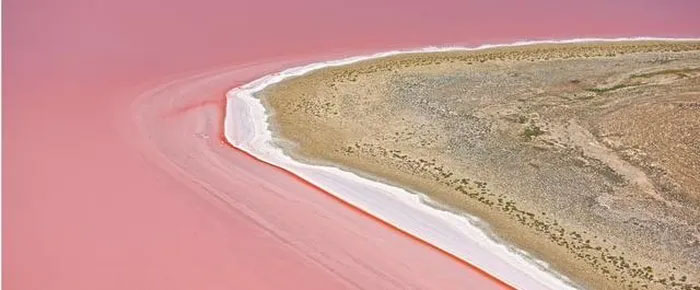
Lake Eyre is a strange lake that disappears every 3 years.
Lake Eyre, also known as Lake Kati Thanda after the indigenous people’s name, is Australia’s largest saltwater lake. This is also the lowest lake in the country. The lake is located at an altitude of about 15 m below sea level. This lake is located about 700km north of Adelaide and is formed in an inland basin. Lake Eyre is located in central Australia. Around this lake is Lake Eyre National Park.
The lake is divided into two parts connected by the Goyder Canal: North Eyre Lake is about 144km long and about 66km wide; Lake Eyre South is 64km long and 24km wide. The total area is 9,500 square kilometers. The salt layer is at its thickest up to 50cm.
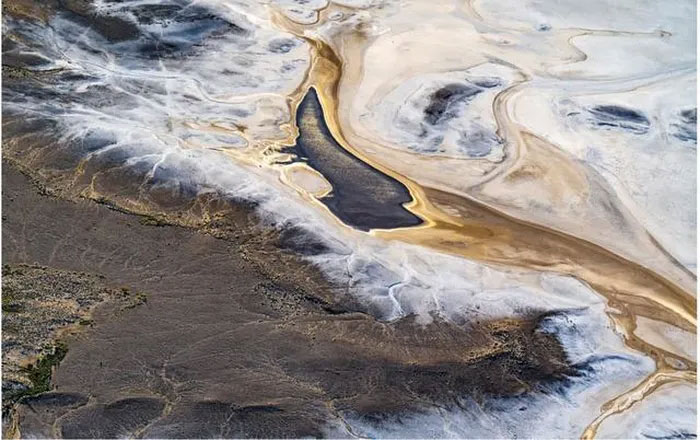
Lake Eyre is one of the largest saltwater lakes in the world.
The lake is named Eyre in honor of Edward John Eyre, who first found it. In 1832, a survey team arrived in central Australia when they accidentally found a large puddle covered with salt. In 1860, another survey team came and found a vast saltwater lake. However, the following year when they returned to measure the lake’s surface area, strangely the lake had disappeared with only a little water left.
Later, scientists discovered that Lake Eyre is not always full of water, but in fact it is only a seasonal lake. That is, about every 3 years the water in the lake will disappear once. The reason the water in the lake changes so much is because Lake Eyre gets its water from rainwater and rivers. Because Lake Eyre is located in the driest and most barren area of Australia with an annual rainfall of only 125mm, the lake’s surface area is not fixed.
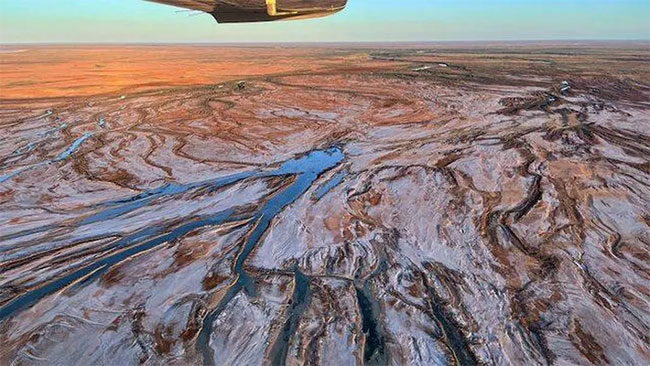
Lake Eyre has a fixed area, from 0 to 8,200 square kilometers.
When it rains a lot, the surface of the lake can be up to 8,200km2, and when it is less, the water will evaporate to the point of inert to the bottom. Therefore, in the geographical dictionary, the area of Lake Eyre is defined as from 0 to 8,200 square kilometers and does not have a fixed number. Lake Eyre when many countries occupy 1/6 of the Australian territory. This has made Lake Eyre one of the largest saltwater lakes in the world.
It can be said that the amount of rainfall in a year that falls on Lake Eyre as well as the large surrounding area will determine how large the lake area will be in that year.
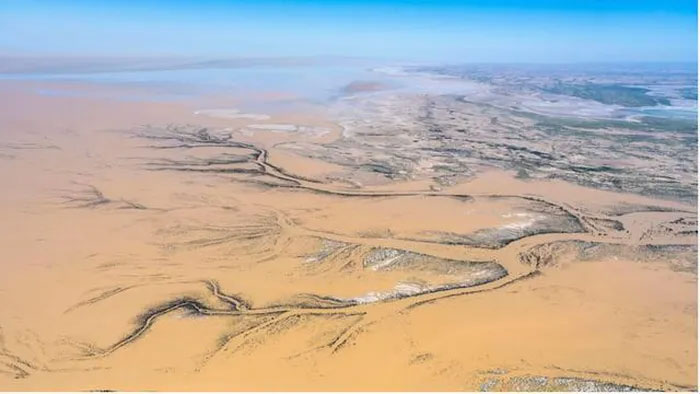
When there is no rain, Lake Eyre can dry to the bottom.
Due to the difference in water volume, the depth of Lake Eyre also varies greatly. Sometimes people measure its depth is 1.5m, but when it rains a lot, the depth is up to 4m. Many people have said that they felt attracted to this erratic lake of Eyre so they came to the place to see it with their own eyes.
In contrast to the gloomy scene when the lake dries up, Lake Eyre when filled with water is extremely vibrant. Many wild animals have come here to reside. They are all from Queensland and come here to hunt and breed, then return to where they came from.
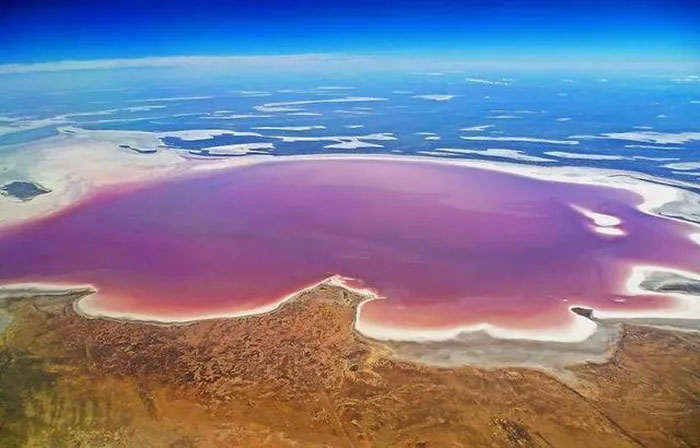
Every time there is heavy rain, water from northern Queensland flows back to mix with salt and pink algae, which will turn the lake water into a beautiful pink color.
However, not only the disappearance of lake water, Lake Eyre is also famous for its ability to change color unexpectedly. In particular, every time there is heavy rain in northern Queensland, the water travels more than 1000km, through the most remote parts of Australia to reach Lake Eyre. Strangely, after the rain water reached the place, the water of Lake Eyre became a beautiful pink color. This phenomenon occurs because the water causes the salt to dissolve and the pink algae to appear clearly.
To improve the arid climate in central Australia, the scientists proposed digging a river connecting Lake Eyre to the sea. They think that, in this way, the sea will automatically flow into the lake, and Lake Eyre will no longer be hidden or visible.
Source: scienceinfo








